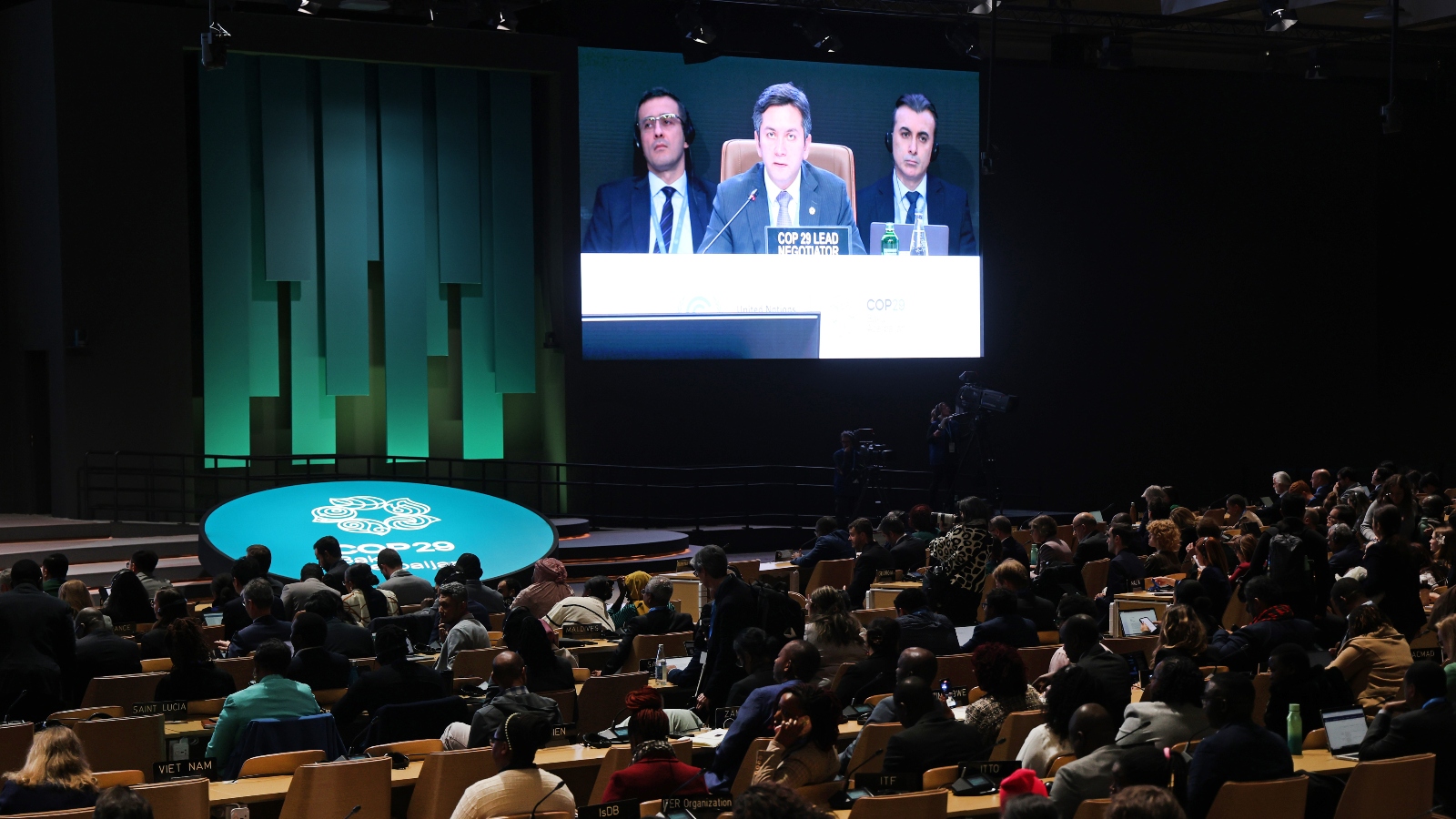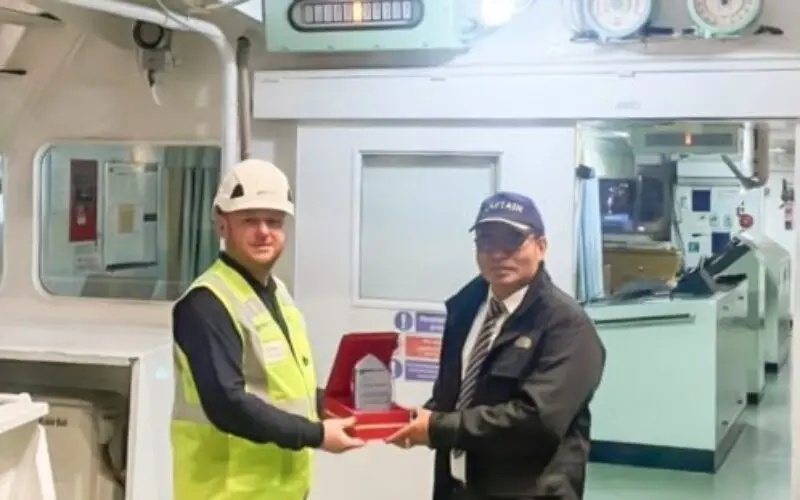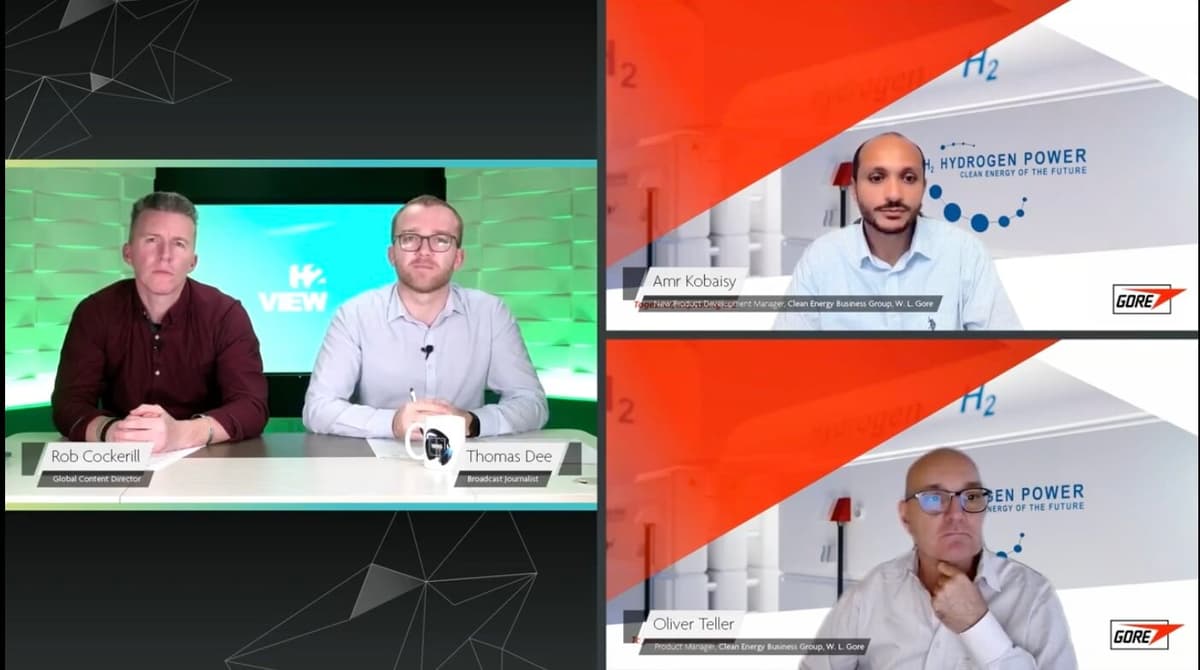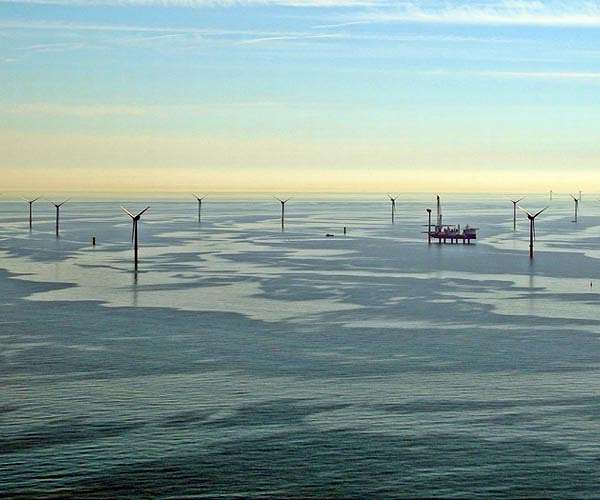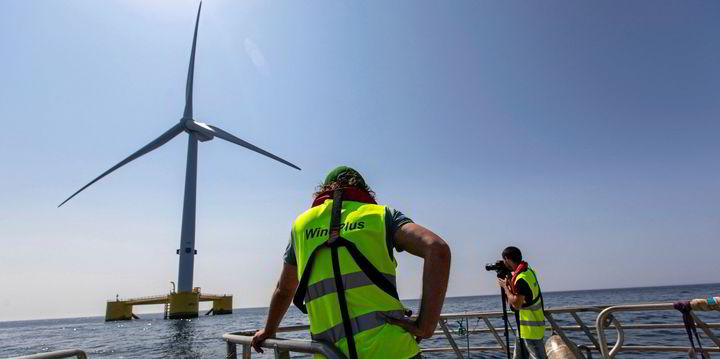
As governments around the world run up huge debts, a Recharge forum on the future of floating wind heard the sector is in a race against time to prove it can be cost-effective before “everyone runs out of money” and decides to focus on fixed-bottom offshore and solar instead.
Governments are “running huge deficits in the US and Europe”, Rob Harding, principal naval architect at engineering consultant Bureau Veritas Solutions told attendees at the Recharge Floating Wind Forum held online on Thursday.
Harding highlighted the impact this is already having on renewables, with the Labour Party that looks set to take power in the upcoming UK election recently scrapping its pledge to spend £28bn ($35bn) annually on green investment, citing the challenging economic environment.
“I fear that if floating wind doesn’t ramp up the economies of scale quickly enough, when [governments] look at where they’re going to spend money, they’re going to concentrate on solar and fixed bottom if that’s at £60MWh rather than then hundreds of pounds that floating might be at.”
The floating sector must therefore strive to ramp up the size and number of deployments “as quickly as possible, before everyone runs out of money”.
The offshore wind sector was buffeted across the board last year by sky-high interest rates and rising CapEx costs, enduring arguably the greatest pressures it has faced in its relatively short history.
Article continues below the advert
Clement Weber, managing director at energy transition financial adviser Green Giraffe, another speaker at the event, said that the LCOE for fixed-bottom offshore turbines had almost doubled from $40MWh previously due to higher interest rates and CapEx.
“This has impacted floating offshore wind in almost the same manner,” he said. “Not worse, but not better.”
A few years ago, he said some of the biggest players in floating wind had been targeting €60MWh ($64MWh) by 2030 – “we know already that this will not happen”.
“Good news” is that the cost of capital, which he said is often overlooked as a driver for LCOE, is “plateauing and even going down a bit in 2024”.
Last year was a “very difficult year,” he said. “2024 is still a transition year but we see the light at the end of the tunnel.”
Appeal of ‘bread and butter’ fixed bottom
Stephan Buller, head of offshore portfolio management and floating wind at turbine giant Siemens Gamesa, said that there is “no doubt” the sector will become an important part of the energy mix of many countries – but markets “are delaying” its rollout.
For Siemens Gamesa, he said the floating wind business “could become significant” in the 2030s.
But currently, he said that Siemens Gamesa needs to focus its resources on the “near term,” and “that is of course a dilemma” when it comes to investing in floating.
There is also a “luxury problem” the turbine maker is facing, he said. This is continued growth in the “bread and butter” bottom fixed market, which demands investment to ramp up manufacturing capacity to meet market needs.
The financial situation at Siemens Gamesa “is not the best,” he said, referring to the calamitous 2023 the OEM suffered after problems with its onshore models resulted in huge financial losses, although the turbine-making giant is slowly improving its situation.
When it comes to floating, Buller said this means that Siemens Gamesa must be “very very selective” in the projects it pursues.
“We don’t want to become the bottleneck here but on the other hand of course we need to somehow also manage resources.”
Buller remained bullish on floating wind’s prospects, however, predicting that once a few design concepts come to “dominate” the sector – rather than the “dozens” that are currently in the market – there will be a “steep cost decrease”.
Adrian De Andres, COO of offshore wind at clean energy developer Simply Blue, said that despite floating wind being “acutely impacted” by recent economic headwinds, it is important “not to lose perspective” on why it is being pursued.
“We need to get to net zero. And we need to get to net zero in all countries,” he said. “There’s only one North Sea and, unfortunately, fixed offshore wind is not possible in many countries”.
It is he said therefore a “matter of fact if we only develop fixed offshore wind we won’t make it to net zero.”
“The reality is that if we don’t deploy, we will not get to this cost reduction.”
That is why he said it is “so important to accelerate deployment of floating projects everywhere in the world to ensure that we can get lessons learned from these early projects.”
It is he said crucial to get the “lessons learned” from those early projects so the sector can progress to those at the gigawatt scale needed for floating wind to fulfil its promise.


